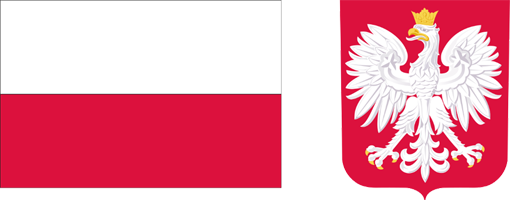Current issue
Archive
About the Journal
Aims and Scope
Advisory Board
Members of the editorial board
List of reviewers
Publishing process
Publishing Ethics and Malpractice Statement
Personal data protection (GDPR)
Creative Commons License
CrossRef Member / Similarity Check
For Authors
Guidelines for authors
Submitting a manuscript through the editorial system – step by step
For Reviewers
Peer review process
Guidelines for reviewers
Submitting a review – step by step
Contact
RESEARCH PAPER
ECONOMIC EVALUATION OF SELECTED AGRICULTURAL POLICY INSTRUMENTS IN THE LIGHT OF THE MODEL OF OVERPRODUCTION ON THE CEREAL MARKET
1
Uniwersytet Rolniczy im. Hugona Kołłątaja w Krakowie
Publication date: 2018-03-29
Zagadnienia Ekonomiki Rolnej / Problems of Agricultural Economics 2018;354(1):129-148
KEYWORDS
ABSTRACT
Along with the socio-economic development, agriculture has a natural tendency to increase productivity. Its effect is unfavourable for farmers agricultural overproduction. In this situation, the relatively constant food needs of individual societies are able to be met by an ever smaller number of farms. Prices of agricultural products show a declining trend, which at constant or rising costs incurred by farmers leads to the unfavourable phenomenon of opening of price scissors. Under such circumstances, a growing percentage of households are at risk of bankruptcy. Among farmers, there is even more pressure to improve productivity perceived individually as a way to improve the financial situation of the farm. This is how the vicious circle closes, because further productivity growth will result in even lower prices in the future. In the struggle against overproduction and its consequences, governments decide to subsidize agricultural prices, agricultural income, set production quotas or adopt set-aside policies. This paper asseses the effects of these forms of intervention on cereal producers activity, using the system dynamics method of Bossel (2007). The presented model is a great simplification of the reality, but it allows us to make interesting observations. It provides a multi-faceted look at the social costs and benefits of selected agricultural policy instruments
Share
RELATED ARTICLE
We process personal data collected when visiting the website. The function of obtaining information about users and their behavior is carried out by voluntarily entered information in forms and saving cookies in end devices. Data, including cookies, are used to provide services, improve the user experience and to analyze the traffic in accordance with the Privacy policy. Data are also collected and processed by Google Analytics tool (more).
You can change cookies settings in your browser. Restricted use of cookies in the browser configuration may affect some functionalities of the website.
You can change cookies settings in your browser. Restricted use of cookies in the browser configuration may affect some functionalities of the website.



